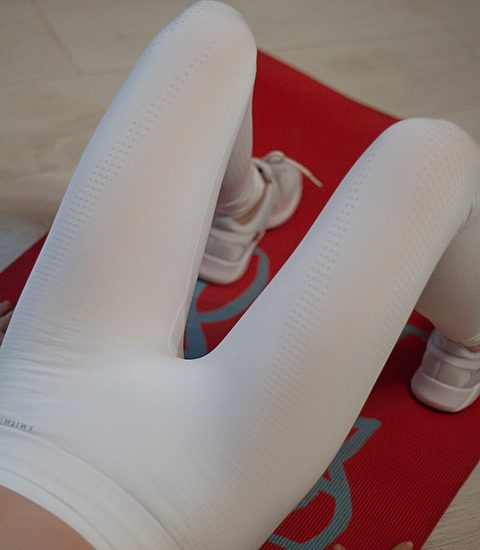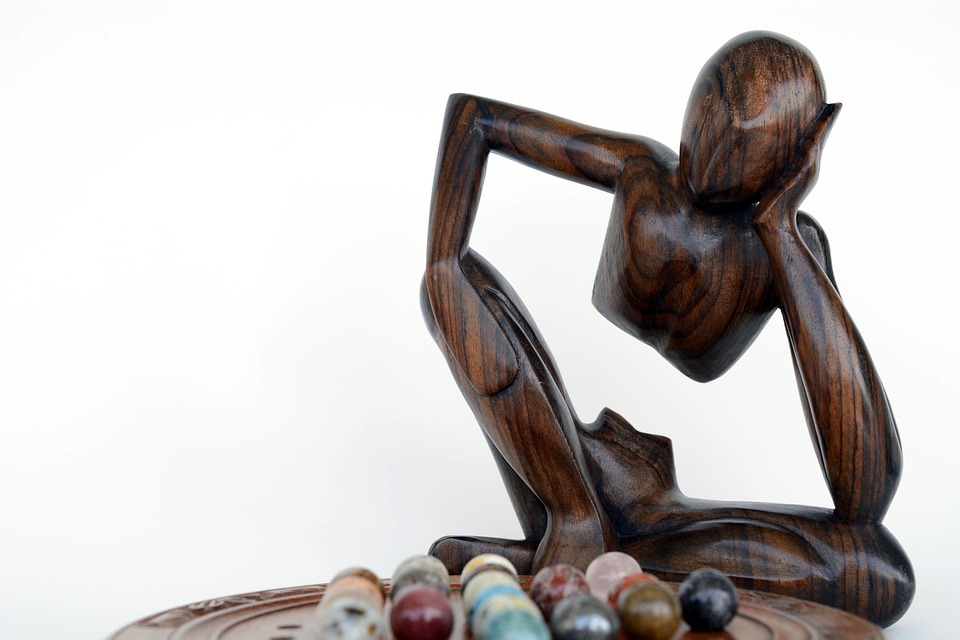Staying fit at home doesn’t have to be complicated or require an elaborate gym setup. Bodyweight exercises offer a convenient way to build strength, improve flexibility, and enhance cardio fitness without needing any equipment. In this article, we’ll explore how to create an effective bodyweight exercise routine tailored to your fitness goals, ensuring you achieve maximum results right in your living room.
Understanding Bodyweight Exercises
Bodyweight exercises use the weight of your own body as resistance to build strength and endurance. They come with several benefits, including:
- No Equipment Needed: You can perform these exercises anywhere.
- Flexible Schedule: Fit workouts into your life whenever it’s convenient.
- Variety of Exercises: From push-ups to squats, the options are endless.
- Full-Body Workout: Engage multiple muscle groups simultaneously.
Benefits of a Bodyweight Exercise Routine
Before diving into how to create a bodyweight exercise routine, let’s first explore the numerous benefits that come with it:
1. Convenience
You can work out at any time, in any place. Whether you’re at home, at the park, or even in a hotel room, bodyweight exercises are accessible.
2. Cost-Effective
No gym memberships or fancy equipment costs involved! Just your body and perhaps a mat for comfort.
3. Scalable for All Levels
From beginners to advanced athletes, bodyweight exercises can be adjusted to fit your personal fitness level.
4. Cardio and Strength Combo
Many bodyweight exercises elevate heart rates while building muscle strength, offering a two-for-one workout.
Creating Your Bodyweight Exercise Routine
Step 1: Set Clear Fitness Goals
Your bodyweight routine will depend on your goals. Here are a few common fitness objectives:
- Weight Loss: Focus on high-intensity interval training (HIIT).
- Muscle Building: Incorporate exercises that target major muscle groups.
- Flexibility and Mobility: Include dynamic stretching and yoga-inspired moves.
- Endurance: Choose exercises with higher repetitions and shorter rest intervals.
Step 2: Determine Frequency and Duration
When creating your routine, consider how many days a week you can realistically dedicate to exercise.
- Beginners: 2-3 times per week.
- Intermediate: 3-5 times per week.
- Advanced: 5-6 times per week.
Aim for 20-60 minutes per session, depending on your fitness level and goals. Shorter, more intense sessions can be just as effective as longer, moderate ones.
Step 3: Choose Your Exercises
Incorporate a mix of exercises that target all major muscle groups. Here’s a sample selection:
Upper Body
- Push-Ups: Great for chest, shoulders, and triceps.
- Pike Push-Ups: Target the shoulders more intensely.
- Inverted Rows (using a sturdy table): Effective for the back and biceps.
Lower Body
- Squats: Fundamental for leg strength.
- Lunges: Excellent for quads, hamstrings, and glutes.
- Glute Bridges: Focus on gluteal muscles and core stability.
Core
- Planks: Build stability and core strength.
- Russian Twists: Enhance oblique strength.
- Mountain Climbers: Combine cardio and core workout.
Full-Body
- Burpees: High-impact and effective for conditioning.
- Jump Squats: Develop power and explosiveness.
Step 4: Structure Your Routine
An effective bodyweight routine should include a warm-up, workout, and cool-down.
Warm-Up (5-10 minutes)
Engage in dynamic stretches and movements to prepare your body. Consider:
- Arm Circles
- High Knees
- Leg Swings
Workout (20-40 minutes)
Structure your circuit training to ensure a balanced workout. You might choose to do:
- Circuit Training: 3 rounds of 10-15 reps for each exercise with 30-60 seconds rest between exercises.
- Superset: Pair exercises (e.g., push-ups and lunges) for increased intensity.
Cool-Down (5-10 minutes)
Cooling down is essential to recovery. Focus on static stretches to enhance flexibility:
- Hamstring Stretch
- Shoulder Stretch
- Cat-Cow Stretch
Step 5: Track Your Progress
Document your workouts to stay motivated and notice improvements. Use a journal or fitness app to keep track of:
- Repetitions and sets
- Time durations
- Personal feelings and energy levels
Step 6: Revise and Reassess
Every few weeks, reassess your routine. If you find certain exercises are becoming too easy, increase the repetitions or try more challenging variations. This constant change will keep your muscles guessing and help prevent plateaus.
Conclusion
Creating a bodyweight exercise routine is an empowering way to take control of your fitness journey. Not only does it offer unmatched convenience and cost-effectiveness, but it also allows you to engage in a diverse range of exercises that can be adapted to fit any skill level.
By setting clear goals, determining the right frequency and duration, choosing effective exercises, and tracking your progress, you can achieve maximum results right from the comfort of your home. So, roll out your mat, unleash your inner athlete, and start your bodyweight journey today!
If you’re ready to dive in or have any questions, feel free to share in the comments below!










 Weight Loss, Unlocked.
Weight Loss, Unlocked.